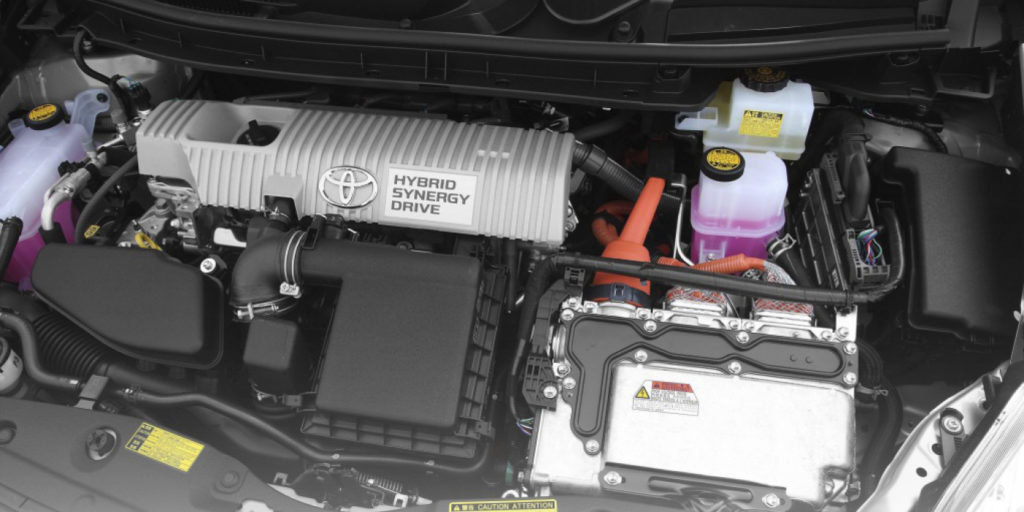PATTERN INTERMITTENTS
Pattern intermittents are those that occur under certain operating conditions. The underlying cause in many instances is vibration, heat, cold or moisture causing an increase in resistance in a connector or component, or an intermittent short or open to occur in the wiring. If an electrical fault occurs at certain speeds or when driving on rough roads, hitting bumps, etc., you’re dealing with a vibration-induced intermittent. Inspect the wiring for loose connectors, unsupported wires, wires rubbing against sharp corners or edges, wire grommets that are missing, etc. Sometimes shaking or rocking the vehicle may create enough movement to duplicate the fault in the shop. Or, you may have to test-drive the vehicle on a rough road to get the fault to act up. The fix, in most cases, is to repair, support or insulate the wires or connectors that are shaking or rubbing and causing the fault.
If something stops working after a vehicle has been driven a certain distance, or only when idling in traffic, or only on hot days, or only after a certain component has been on for a period if time, it usually indicates a heat-related electrical problem. When the wiring gets hot, either from its own heat or from an external source, thermal expansion causes something in the circuit to open up. This could be a loose-fitting connector, a crack in a soldered wiring connection or a crack in a printed circuit board.
If the circuit starts working again after the vehicle has been shut off for a while or allowed to sit, that would be another clue that the problem is heat-related. Likely trouble-spots for heat-related intermittents include connectors and relays located near sources of engine heat such as the exhaust manifolds, exhaust pipes, radiator or heater core. To find this kind of problem, you can use a heat gun (low setting only) or blow comb to direct heat at suspicious connections or components. If the device stops working when you apply heat, you’ve found the problem.
Environmental factors often play havoc with electrical systems, too. Road splash or water leaking through a crack in the cowl, under the windshield or around a grommet can sometimes short out a circuit. Flood damage can also cause corrosion to develop in connectors, wiring and modules long after the flood waters have receded. That’s why most insurance companies consider flood-damaged cars to be junk. Sooner or later, they’ll develop electrical problems. If you think moisture may be causing an intermittent problem, look for corroded wiring and connectors, and look for water stains, streaks or damp areas under the cowl, instrument panel or other areas where wiring may be affected (under the rear seat, in the trunk, etc.). Mud packed into crevices where wiring is located can retain moisture and become a source of corrosion. If you find a water leak or damp spots inside the vehicle, determine where the water is coming from and fix the leak. Then inspect and clean the wiring and connectors in the affected area. Hopefully, this will solve the problem.
Another possible cause of an intermittent electrical fault may be one circuit stealing voltage from another. For example, if you turn on the air conditioner and the engine starts to overheat because the electric cooling fan stops working, the high-amp load created by the compressor clutch may be robbing power from a power circuit shared with the fan relay. In some cases, the fan relay may have to be rewired with a separate power supply to eliminate the problem.
Also, watch out for improperly installed aftermarket accessories such as sound systems, alarms and lights. The installer may have tapped into another circuit to power the device.
INTERMITTENTS AND BLOWN FUSES
If an intermittent causes a fuse to fail, replacing the fuse won’t fix the problem. A new fuse may restore power temporarily but, unless the underlying cause of the circuit overload is found and corrected, the fuse won’t last and will likely blow again. Whatever you do, don’t substitute a fuse of greater capacity in an attempt to fix the fault. A larger fuse may be able to handle a greater load, but the wiring and the rest of the circuit can’t. A circuit designed for a 20-amp fuse is designed to handle a maximum of 20 amps. Period.
Using a higher capacity fuse may cause the circuit to run dangerously hot, increasing the risk of wiring damage or an electrical fire. A faulty circuit breaker can also cause intermittent faults. Breakers contain a heat-sensitive bimetal contact arm and contact points to open a circuit if it overloads. After the circuit breaker cools down, the contacts re-close and current is restored. If the breaker is bad, it may be opening prematurely. If the problem goes away when you bypass the breaker with a fused jumper wire, it means the breaker is bad and needs to be replaced. A relay can also be checked with an ohmmeter to see if the coil is within specifications, and the contact points provide continuity when the coil is energized. As a rule, most relay coils should measure 40 to 80 ohms — but always look up the specifications to be sure.
Another quick check is to remove and shake the relay. If you hear anything rattling inside, it means the armature is broken and the relay needs to be replaced. Substituting a “known good relay” for one that is in question is yet another method of testing a relay.








